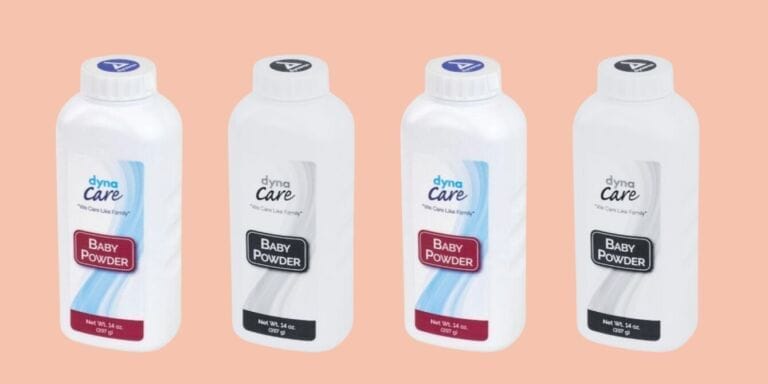AAP just quietly changed breast milk storage guidelines and moms everywhere are rejoicing

Miljan Živković/Getty Images
The new recommendations were first noticed on Reddit.
Table of Contents
UPDATE: In September 2021, AAP removed guidance from their Frequently Asked Questions page on the safety of mixing warm and cold breast milk and pooling milk pumped within 24 hours. We will continue to monitor AAP’s guidance on the breast milk storage.
It felt like there was a collective cheer from moms across the internet when one savvy Redditor noticed a pretty significant change in breast milk storage guidelines from the American Academy of Pediatrics (AAP) this week.
The updated guidelines now allow for the mixing of cold and warm pumped milk, and even recommend pooling milk pumped within 24 hours together to help “even out the variability in nutrients due to pumping time or breast emptying.”
No one’s quite sure when the change was made to the AAP’s FAQs section (the AAP website says that the page was last updated in February 2021), but it’s a big deal for pumping parents everywhere.
The AAP guidelines previously stated that pumped milk of different temperatures should not be combined—that warm milk should be cooled in a separate container before being added to another container of already cold milk. This made for an extra step for parents, and as anyone who has pumped breast milk can tell you, keeping track of pumped milk is a fun mental calculus that involves not only temperature but also timing, quantity and expiration dates.
The new guidelines on breast milk storage
“Mothers should aim for cleanliness but realize milk is a biologic substance and full of probiotic and commensal bacteria. Hand washing, using clean or new containers, minimizing milk transfers (which waste fat and calories) and pumping directly into storage containers are recommended. Plastic or glass containers are fine, no evidence supports one over the other. Mothers can mix warm milk and cold, or even consider pooling milk from 24 hours together, which may help even out variability in nutrients due to pumping time or breast emptying (which influences fat content of the milk).”
The new guidelines also now explicitly state that pooling milk from 24 hours together in one container is safe—and even recommended—to ensure that all milk has a mix of beneficial nutrients. Depending on the length of the pumping session or time of day, the nutrient mix of fat and sugars in expressed breast milk can be highly varied.

“Well this is great news since I had no idea I wasn’t supposed to be mixing like that in the first place. Am I the only one who didn’t know??” says user ilovethat15 in the top comment on the Reddit thread.
The pitcher method for the win
Several other Redditors commented that even before the guidelines changed, they’ve long been using the pitcher method, which involves combining expressed breast milk for up to 24 hours within one large pitcher or container in the fridge, reducing the need for storing freshly pumped milk in separate bottles (taking up precious fridge space), as well as simplifying the process of milk transfer if you’re feeding freshly pumped milk to baby from a bottle over the course of a day, or dealing with an oversupply.

Here’s why less milk transfer is key: When pouring milk from pumping containers to feeding bottles or storage bags, some of the fatty compounds can get stuck to the walls of the milk containers, reducing the fat content of the milk.
Using the pitcher method means you can use a rubber spatula to easily scrape the good fats off the sides of the pitcher and gently swirl it back into the milk before pouring it into a bottle to feed to your child—*much* easier to do in a large pitcher than a small baby bottle.

If you’re a pumping parent, the pitcher method—and the updated AAP guidelines—are a true game-changer.





































